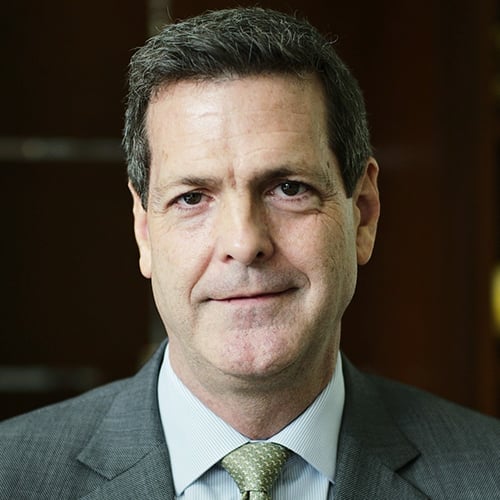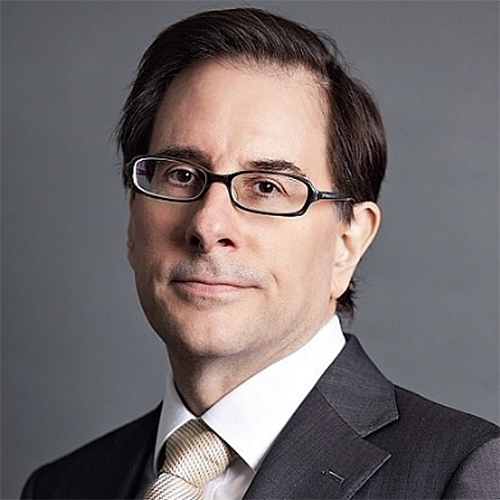Often taking three days or longer to settle, cross-border payments are legacy dinosaur processes operating in the fast moving modern age. With rapid advances in social messaging and document transfers, it is quite surprising to see the current global payments infrastructure often being described as disjointed and error-prone.
Experian, an information services group, estimates that the average error rate of bank account data is around 12.7%, indicating that there is a lack of understanding of foreign bank codes and account numbers.
A key problem with cross-border payments today is the fact that transactions are at the mercy of correspondent banking relationships.
If a person wanted to make an international payment from Europe to Singapore from a local European bank, for example, the transaction-initiating local bank would have to first pre-fund an account or establish a line of credit with a correspondent bank in its own jurisdiction.
The European-based correspondent bank then chooses to either use its own global network or rely on its international partners to provide Singaporean dollar liquidity into the overseas account. This would involve opening up or maintaining a costly “nostro” account, an account that a bank holds in a foreign currency in another bank.
If the European correspondent bank decides to work with a Singapore-based correspondent bank, that bank would be responsible for transferring the converted funds to a local Singaporean bank where the recipient of the payment is a client.
Since there are only a small number of banks that give access to global cross-border corridors, there is a risk that non-competitive FX rates and fees can be applied towards local banks. This counterparty reliance can have a significant effect on the amount of low value international transactions local banks are willing to process if they see it as an unprofitable service.
This is a scenario where the use of an independent digital asset based on the principals of blockchain could be a game changer.
Evidently there have been a number of digital assets out there including bitcoin, which fulfill a number of functions such as the purchasing of commodities or consumer transactions.
But while groundbreaking in their settlement speed, these digital assets were not designed for the use of financial institutions.
However, there are now payment providers which are offering a digital alternative.
Ripple, a global digital payment provider, has designed its XRP digital asset solely the cross-border transfer of value between enterprises.
The company hopes its XRP asset can work alongside fiat currencies eliminating the need for pre-funding or foreign exchange fees. Under an XRP system the European correspondent bank cited in the above example would ideally just need to have a XRP account and not worry about maintaining nostro accounts in various currencies. Once needed the European bank can use its XRP to convert into any currency needed for a transaction.
Citi similarly is looking at the benefits of digitalizing assets for transactions but is still on the fence about pushing forward with an independent digital asset such as XRP. The bank has mentioned that there is an opportunity to issue fiat currencies on a blockchain.
“It’s based on the jurisdiction. If you go into markets where people don’t trust the fiat currency then it might be a better case to use the cryptocurrency than the fiat currency. I don’t think you are going to see a main fiat currency replaced by a cryptocurrency anytime soon because there is no need for that,” explains Eric Piscini global blockchain leader at Deloitte.
Citi has made investments into blockchain companies such as Chain, Digital Asset Holdings and Axoni. In the case of Chain, the company has a goal to digitize some of the world’s assets including currencies via a distributed ledger system.
Although it's still early days there are strong indications that digital assets are revolutionizing the world of global payments processing.









